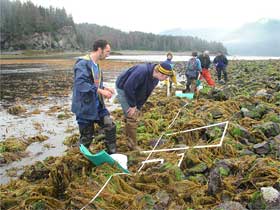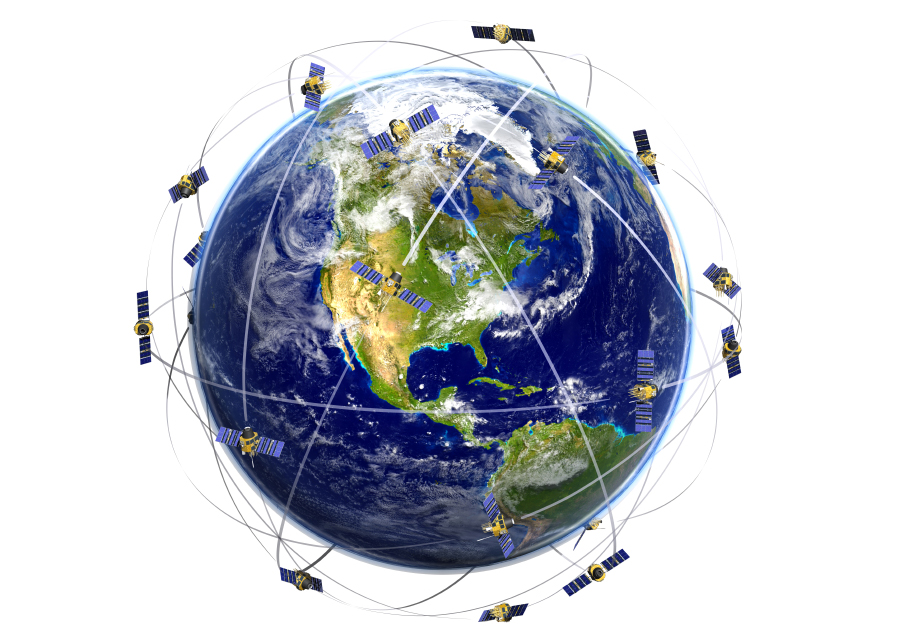Vital population characteristics:

Geographic Range- The overall spatial boundaries within which a population lives
Population size- The number of individuals of a specific species that occupies a given area or volume at a given time
Population density- The number of individuals of the same species that occurs per unit area or volume
The measure of population density can be deceptive so to differentiate it they use
Crude density (the number of individuals within an entire habitat)
Ecological density (the number of individuals per unit area that is actually used).
Dispersion of Populations- The pattern of distribution in which a population exists; may be clumped, random, or uniform.

Population ecologists monitor, evaluate, and model changes in populations. By doing this, they are able to gather data that can help them predict growth trends in population. The data can also help them determine the health of different species and the ecosystem in which the species live.
Biologists measure population size and density to understand more about population dynamics and to monitor and manage populations of endangered species, economically important species, and agricultural pests. Often, the characteristics of a population make an accurate account impossible.
Biologists use quadrant sampling and mark re-capture sampling to estimate population size and density.

Tracking animals provides vital information about their behavior. Biologists use special transmitters via GPS technology and other methods to track animals that migrate or move over long distances.

Even though marking and tracking are excellent techniques for monitoring and sampling a population, ethical issues and concerns need to be considered when studying and monitoring wildlife population.
No comments:
Post a Comment